|
There is an exhibition on at Tate Britain until September called Queer British Art. I wasn’t planning to go to this. The posters put me off I’m afraid with this awful sneering portrait by Gluck which I hate (above). The advertising for the show was well odd. Queer British Art, an exhibition presumably of Queer British Artist or art on Queer subjects, but who is in the show? It was strangely difficult to find out. I am always slightly skeptical of these themed shows. They have in the past been quite week and just place fillers to stock up the calendar. However this one got good reports so go I did. There are some very good paintings (and sculpture) in the show and some very good and well known artists. Like all good shows it also introduces you to people you had not heard of before but come out glad that you have met them. Also, be warned, the show has explicit sexual content. We kick off in the Victorian era. This slightly surprised me. There must have been queer British artists prior to this but maybe we don’t know who they were. More realistically I suppose you want to focus your exhibition on people who are good. Simeon Solomon is one of these people who is good. You encounter his sketches just as you enter. Beautifully rendered, subtle and sympathetic pencil portraits they lead you along one wall to a large oil painting of Sappho and Erinna In the middle of the room is a sensuous male statue by Fredrick Leighton. However this is eclipsed by a painting of Icarus and Deadelus, Icarus almost entirely naked apart from strategically placed orange cloth. I have written about Leighton before having been to his house. He is a fan of that orange gaussy cloth, it appearing in flaming June. This room is all about high Victorian era, Walter Crane (below right) an excellent William Blake Richards a long picture called the Bowlers, all of whom are in various stages of undress either bowling or lying langerously around. Then there is Henry Tulke (below left) with his very impressionistic pictures of handsome young men, naked (or nearly so) by the sea. It is all heavy brush strokes and turquoise sea. The star of the first room though is Evelyn de Morgan Aurura Triumphans these three strident female trumpeters standing almost as though they were part of the scenery with vivid scarlet wings and beneath them two female figures, one almost naked by strategically bejewelled and the other covered in gray clothing with her back to us. Then onwards into the next room and the late 19th and early 20th century. The door to Oscar Wilde’s cell is here, as is a full length portrait of the man himself (below) by Robert Goodloe. Roger Fry is represented by an excellent portrait of Edward Carpenter presented as tall and taught, lonely in mournful but with a sort of core of power in mainly brown. Next to this was a small case with some Charles Richards jewellery which I liked immensely. If you like enormous penises (and who doesn’t) then you will be please by Audrey Beardsley explicit cartoons done in pen and ink. Time rumbles on and brings with it some Cecil Beaton photographs which lead you into the next room the favourite object of which was (closely followed by Noel Coward’s dressing gown) an angular bust by Una Troubridge. Done in marble it has angular cheekbones, stark eyebrows and thick curled hair. I like this very much Setting you up for the next room, framed by the doorway is a massive Duncan Grant painting called bathing. It is one of several in the next room but bar far the best. These almost manikin like male figures, naked but strategically posed, dive into a semi abstract sea made up of wavey lines, of blues and purples. The sky is composed of dots. This room also has the Gluck above (I hate that painting, such a disdainful look) but of much more interest is a very good portrait by Edward Wolfe of Pat Nelson. A solid flowing figure with very sensuous eyes all against a swirling green background. He is reclining topless and fires sexual lust out of the picture at you. It is also refreshing to see a black person pictured in art. It is rare, and even rarer that it is done sympathetically and well. This exhibition in fact has two, the other one being a portrait of Henry Thomas by Glyn Warren Philpot which has Thomas in profile, solid against a background of red and gold. In a softer more impressionistic style is Ethel Sands’ Tea With Sickert. All lose colours and flowing lines with the figures almost lost amongst the furniture. For me thought the standout piece was by Ethel Wake and called The Exclusion of Nausicaa. It is a gathering of naked women bathing but they are not presented as sexual objects but rather as power people. The fact that there are no men there emphasises this. My favourite figure was a woman scooping up water in a cupped hand. Again the curators have done a good job with the standout picture in the next room (and indeed my favourite in the show) framed by the door. It is Laura Knight’s self portrait. It is a large painting. The artist presents herself mainly from the back and in slight profile. She is painting the nude woman in front of us who is also facing away from her. It is a very sexy painting of a nude woman it has to be said. The red backdrop to it all matches the red cardigan that Knight is wearing, which Is well textured by small brush strokes of various colours. There are a number of good portraits in this room, one by John Singer Sargent of Vernan Lee (below left). One by Alano Guerro of Dame Edith Sitwell and between these a striking portrait by William Strang called Woman in a Hat. The hat is a vivid red, drawing your eye and contrasting well with the green dress. The woman, with her strong gaze is in fact Vera Sackville-West (below right). This is the peak of the exhibition for me and after this it goes down hill as far as I’m concerned. There is Keith Vaughan who is good at what he does but it has a violence to it that I find very off putting. The sketches like the one below are the best of it. There are others there such as Jack Mirton and a series of tedious photographs. The exhibition finishes with early Hockney (which to my mind is the best Hockney but did not compare well to the stellar pieces that I had just scene and a couple of Frances Bacon. Bacon is all self loathing and disgust. They are powerful pieces to look at but you wouldn’t want to do so often. There were two pictures, a self portrait (below) and Figures in a Landscape. The later had two figures in it crouching doing something, you are not sure what but Bacon both despises and desires it, at least that was my impression. It is a very charged show and has to be said credit to the curators for putting together something of such high quality and so coherent. The only thing that was missing is that it would have been nice to see more works (apart from Hockney) by queer british artists who are currently working. Lack of space I supposed and you have to stop somewhere.
Anyway if you have got this far in this post maybe you'd like to come to my exhibition on 19th August.
0 Comments
Leave a Reply. |
Archives
June 2024
Categories |
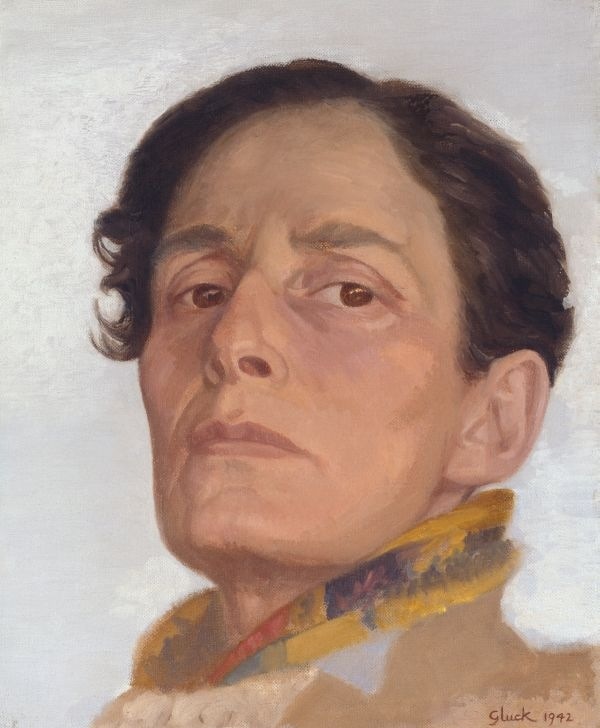
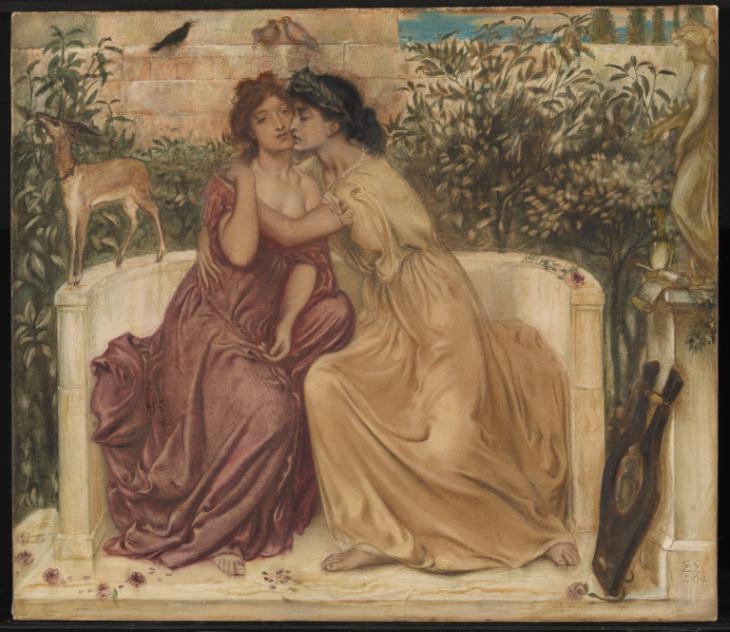
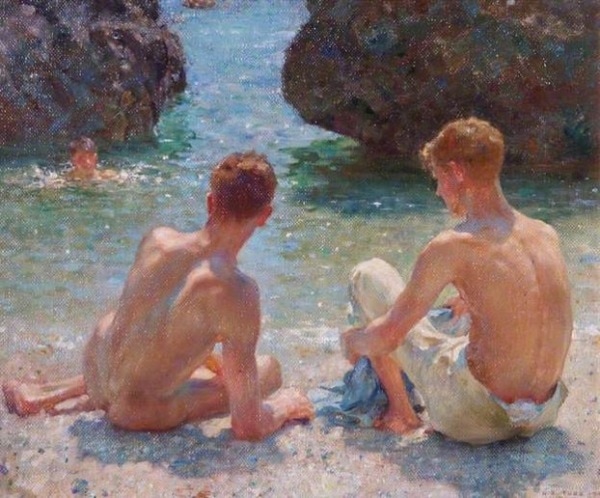
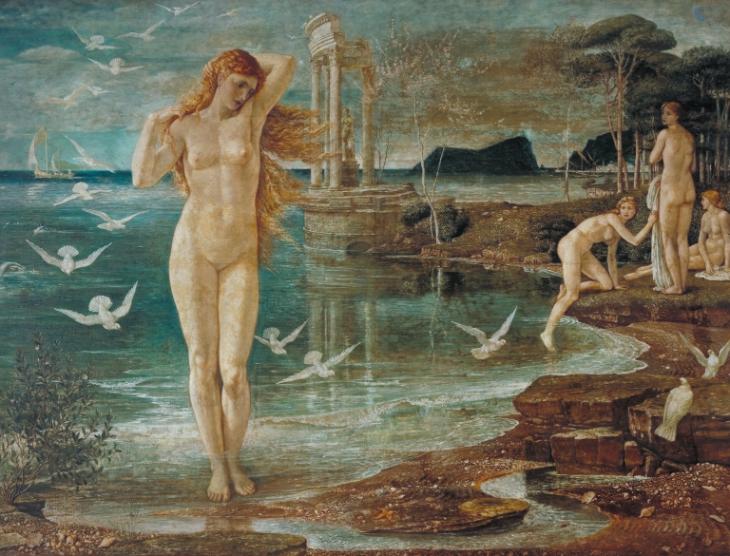
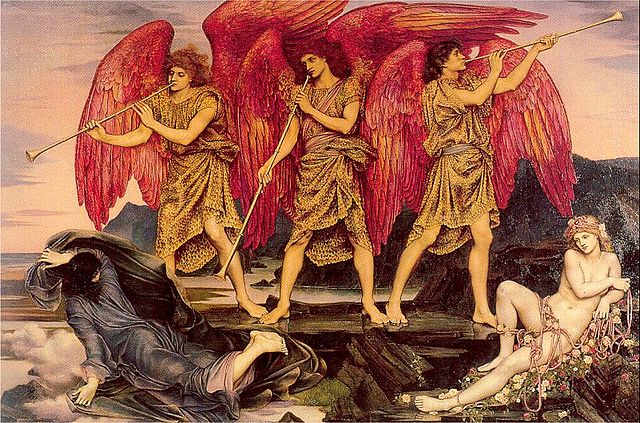
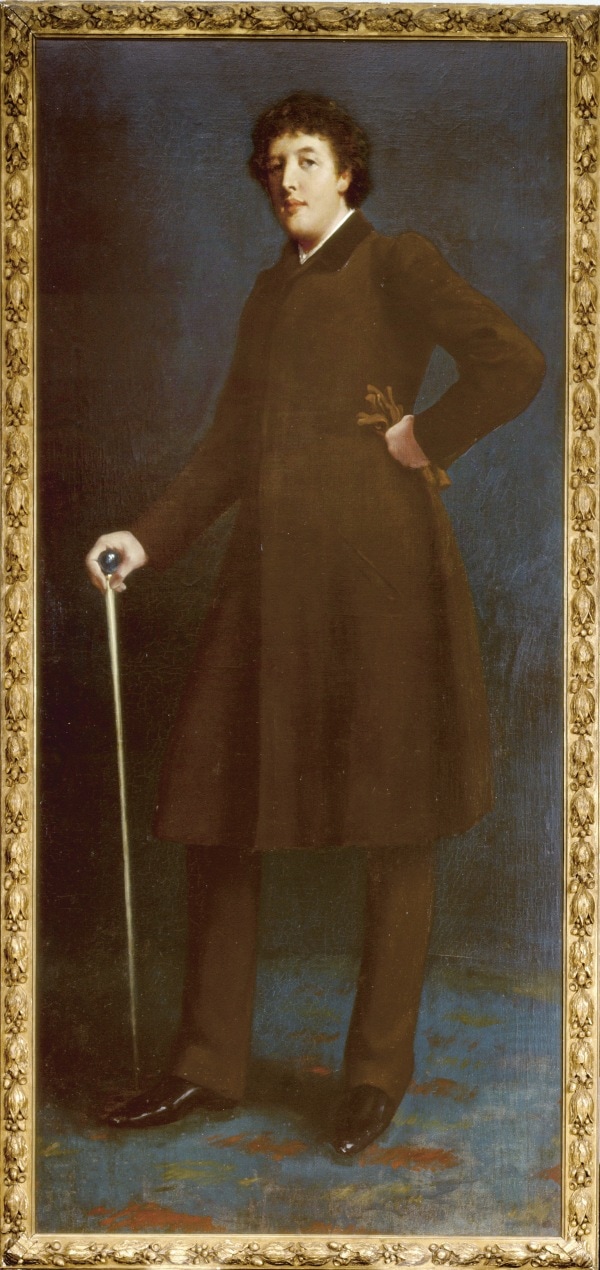
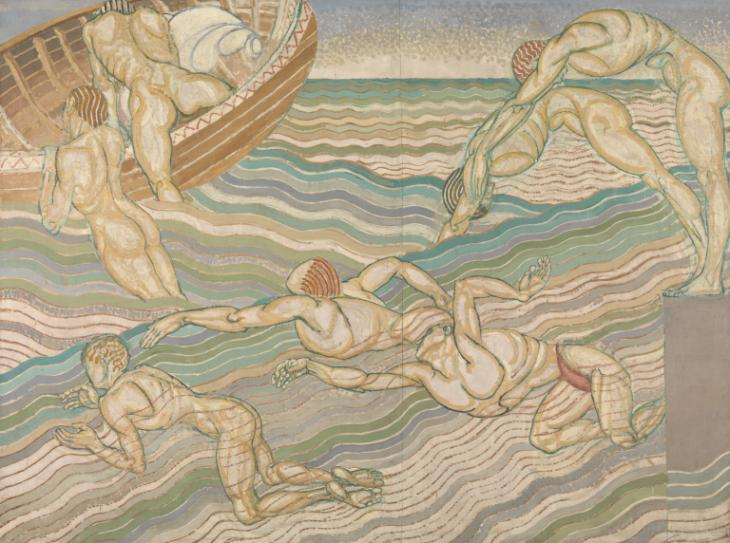
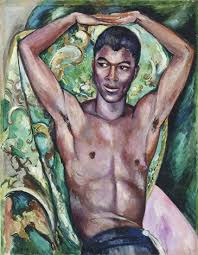
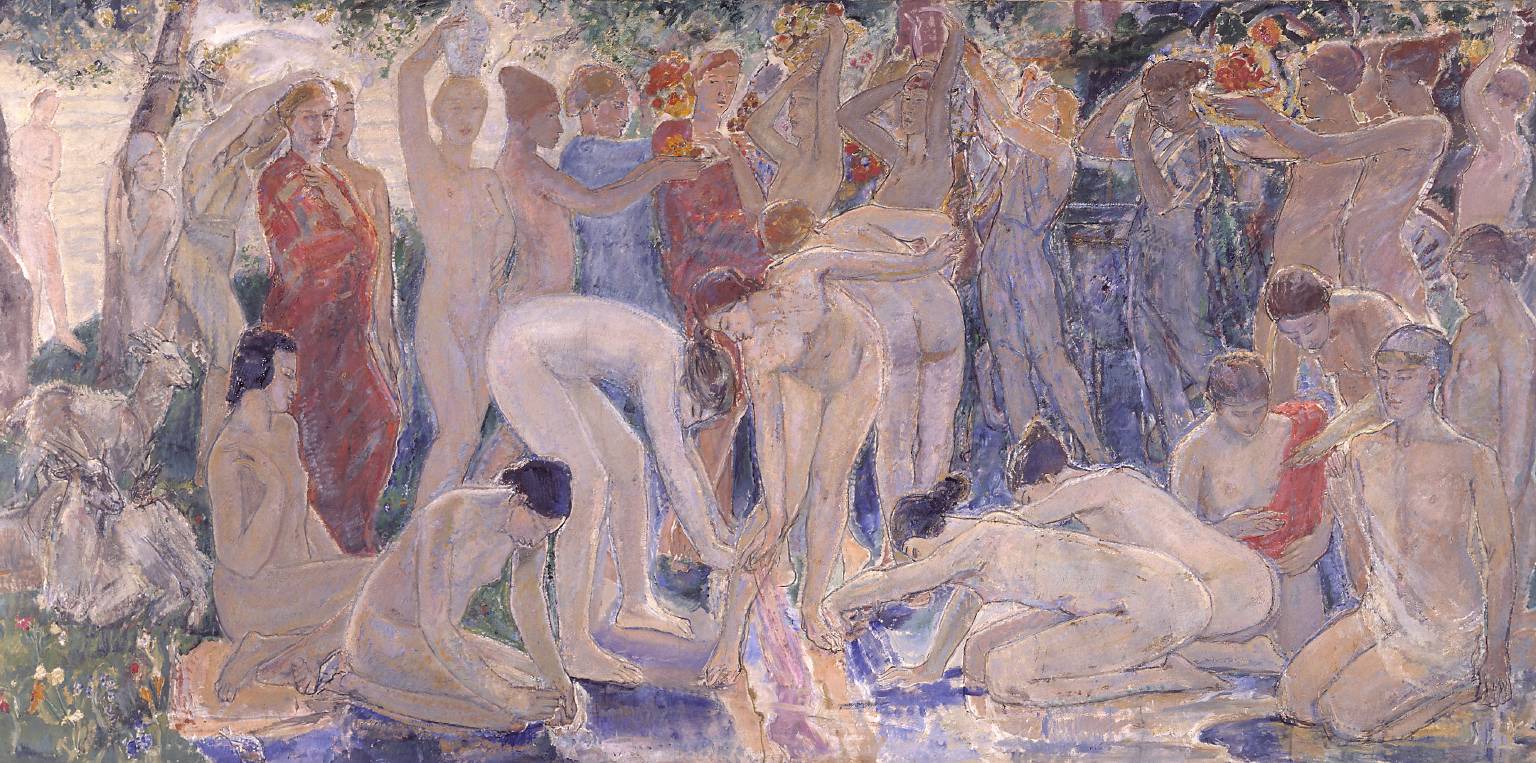
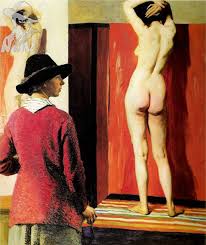
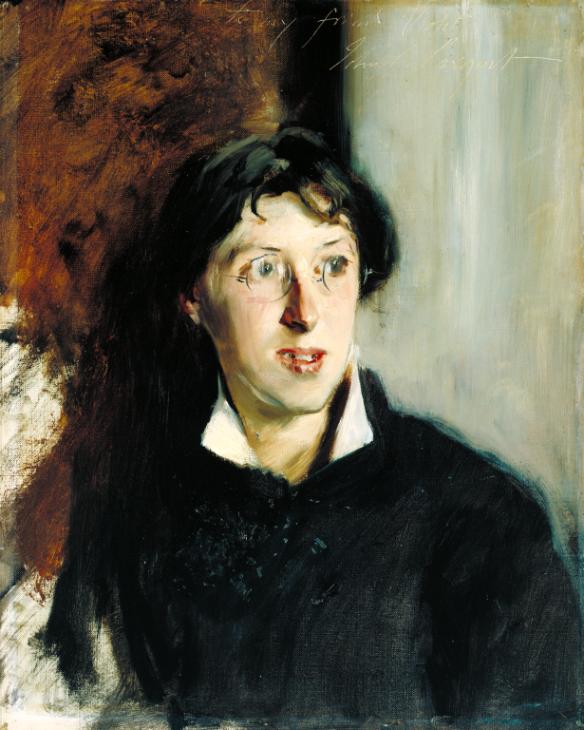
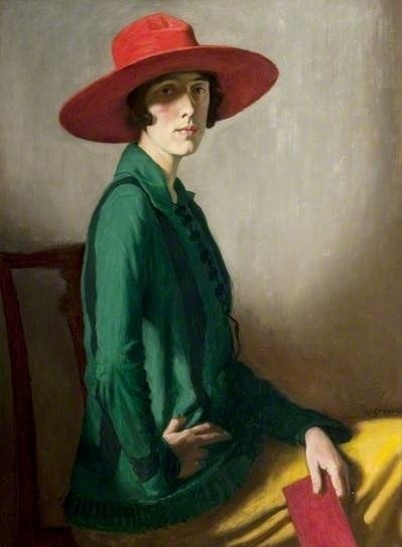
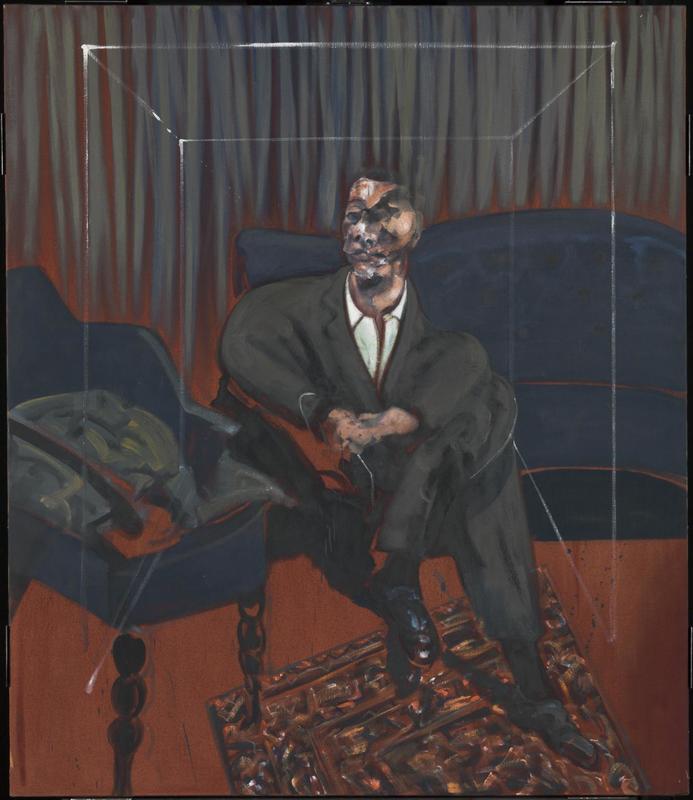
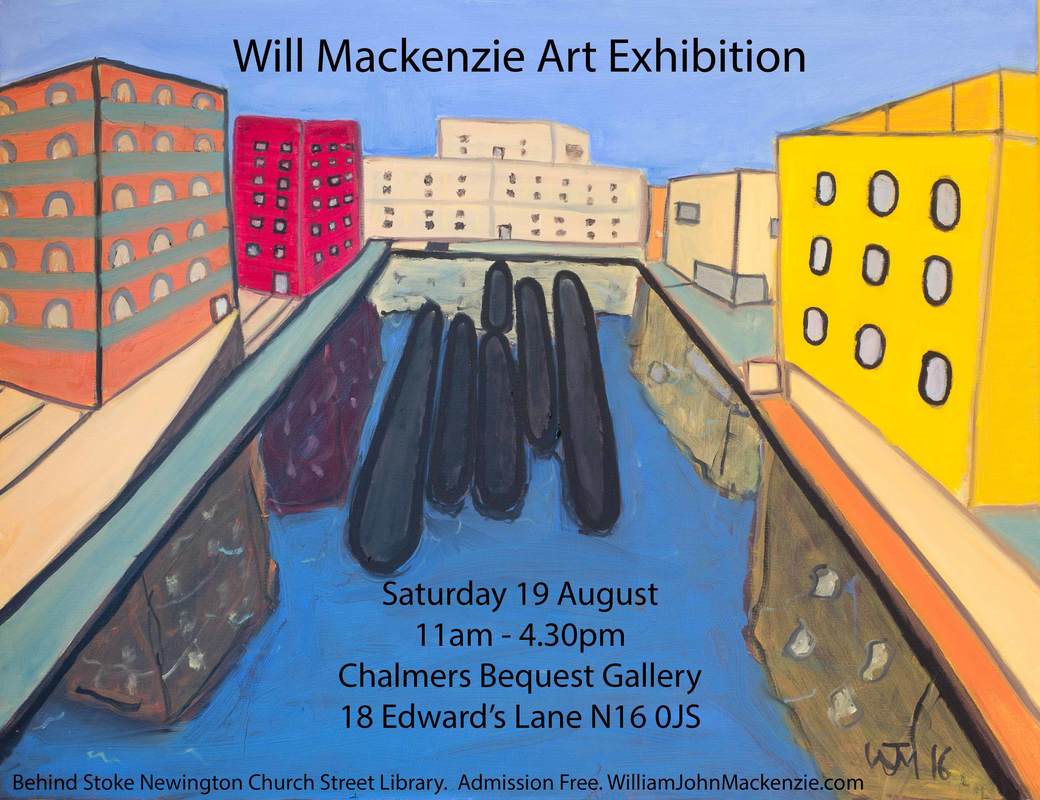
 RSS Feed
RSS Feed